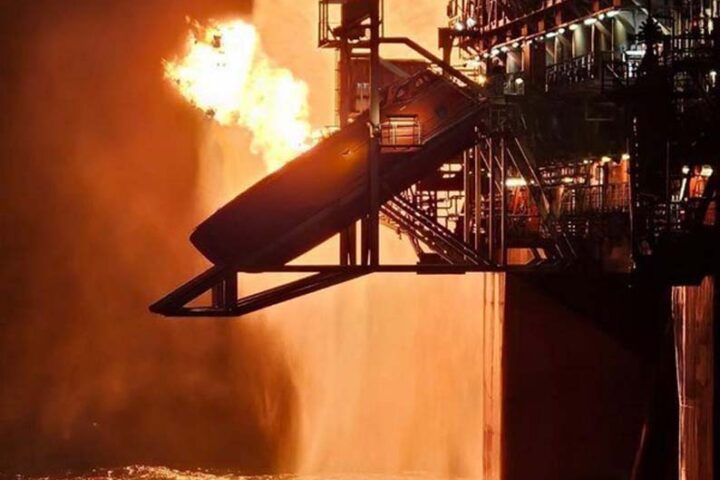.
Marcuard's Market update by GaveKal Dragonomics
Over the weekend, 700,000 inhabitants of Hong Kong, China’s dominant international financial centre, voted in an unofficial referendum calling for full democracy and universal suffrage in the territory from 2017. The poll comes a week before a pro-democracy movement known as Occupy Central With Love And Peace has threatened to blockade key roads in the city, bringing the main financial district to a halt until Beijing agrees to allow genuine elections for the territory’s leader. The protest has prompted a firestorm of criticism, with Beijing loyalists predicting monster traffic jams, billions of dollars in lost business, a market meltdown, riots in the streets, rampant criminality, and even the China’s People’s Liberation Army be deployed to restore order.
Happily, the most extreme of these warnings are wildly exaggerated. The chance that the PLA will be called out is vanishingly small. Its deployment would be a public relations disaster for China, evoking memories of how the Tiananmen Square protest in 1989 was crushed. The probability of any violent trouble beyond a few scuffles with the police is remote. Despite talk of ‘fringe elements’, Hong Kong democracy protesters are a peaceable bunch.
Nevertheless, given the apocalyptic tone of much of the commentary ahead of the Occupy Central demonstration, it is natural for investors to wonder about the possible effects on Hong Kong’s financial sector and asset markets should the protest succeed in bringing the city’s business district to a halt or provoke a heavy-handed response.
Following the high turnout for the weekend’s poll—almost 10% of Hong Kong’s population—there is clearly a sizable chance that next week’s blockade will attract more demonstrators than the 10,000 the organisers had originally targeted.
That grievance has been heightened in recent weeks by Beijing’s publication of a white paper on Hong Kong’s governance, which declared in no uncertain terms that Beijing is in charge. It accused locals of being “confused or lopsided” in their understanding of the “one country, two systems” formula under which the former British colony has retained a large degree of autonomy ever since its return to Chinese sovereignty in 1997. Particularly galling was the white paper’s insistence that Hong Kong officials, including judges, must above all be Chinese patriots, a label generally understood to mean Communist Party supporters.
This perceived attack on the independence of Hong Kong’s judicial system and the city’s rule of law has magnified anti-mainland sentiment which has been rising in recent years. Again, however, these complaints appear exaggerated. Beijing has no intention of undermining the rule of law that underpins Hong Kong’s financial centre, one which has become the main conduit for capital into and out of the mainland.
In 2003, following a 500,000-strong march against mainland-backed security legislation, Beijing responded with measures to open the mainland market to Hong Kong businesses. In the summer of 2007, after an abrupt 13% slide in the city’s stock market, regulators in Beijing reacted by promising to allow mainland investors to buy stocks listed in Hong Kong’s market; a pledge that triggered a 55% rally in little more than two months.
In the event, that scheme was still-born. But any protest-induced slump in the market over the coming weeks could well prompt similar measures. Beijing has already promised a significant two-way opening of the Shanghai and Hong Kong stock markets from September that will allow mainland investors more freedom to buy stocks in Hong Kong and vice versa. As it stands, the initiative should boost volumes in Hong Kong, and any additional relaxation of the mainland’s investment restrictions in Hong Kong’s favour could well prove bullish for the local market.







